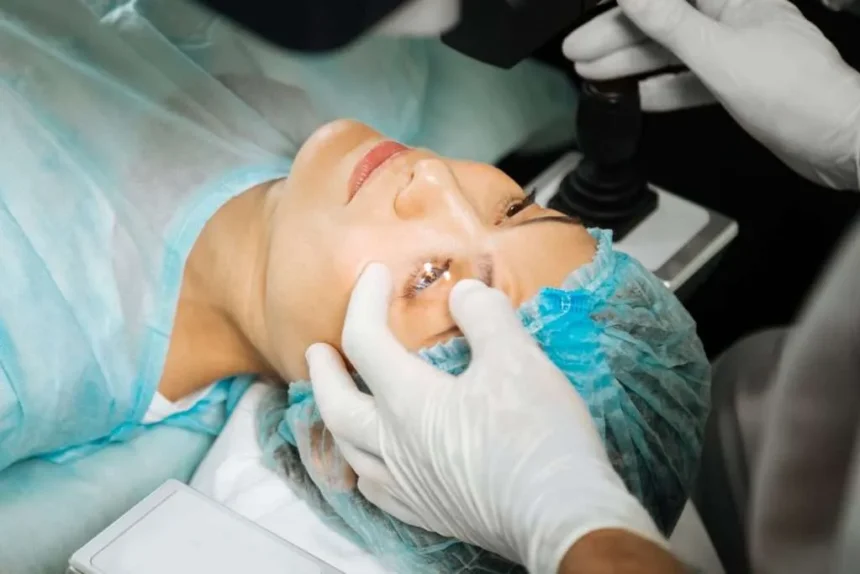LASIK is a type of refractive eye surgery designed to correct vision problems by reshaping the cornea, the clear front part of the eye, so that light properly focuses onto the retina. Deciding to undergo any medical procedure involves gathering information to feel prepared and informed. Understanding the details of the surgery, including what it addresses and the recovery process, helps you form a complete picture. Here is what you can ask your surgeon before this procedure:
What Does LASIK Correct?
LASIK surgery is performed to address specific refractive errors that can lead to blurry vision. One typical condition is nearsightedness, also known as myopia. With this condition, you see close objects clearly, but objects in the distance appear blurry. LASIK reshapes the cornea to improve how light is focused for distant vision.
Farsightedness, or hyperopia, is the opposite. Distant objects are seen more clearly than those up close. The procedure adjusts the cornea to correct this focusing issue for near vision. Astigmatism is another refractive error where the cornea has an irregular shape, causing vision to be distorted or blurred at all distances.
The laser works to smooth the cornea into a more regular shape. Some individuals also experience presbyopia, a condition related to aging that makes it difficult to focus on close objects. Specific LASIK techniques are available to address presbyopia, such as monovision LASIK.
What Are the Surgery Steps?
Before the surgery begins, your surgeon typically applies numbing eye drops to prevent discomfort. The surgeon uses an instrument called a lid speculum to keep your eyelids open during the process. The first primary step involves creating a thin, hinged flap in the cornea, accomplished with either a small surgical blade or a femtosecond laser. You might feel a slight pressure sensation at this stage.
After creating the flap, the surgeon gently lifts it. The surgeon then uses a laser, programmed with your specific eye measurements, to remove a precise amount of corneal tissue. The laser makes a soft clicking sound as it works. Once the surgeon reshapes the cornea, they lay the flap back into place, where it begins to heal naturally without stitches.
How Long Does Healing Take?
Recovery from LASIK surgery begins immediately after the procedure. The surgeon may place a shield over your eye to protect it. You might experience mild discomfort, such as itching or a gritty feeling, for a few hours. Your vision may appear blurry or hazy at first, but it usually starts to clear up quickly. You can schedule follow-up appointments to monitor your progress, typically starting the day after surgery.
What Questions Should You Ask?
Coming to your consultation with a list of questions helps you gather the necessary information. Here are some topics to discuss with your surgeon:
- Am I a good candidate for LASIK, and why?
- What are the potential risks and side effects associated with the procedure?
- What is your experience with performing LASIK surgery?
- What type of technology will be used for my procedure?
- What will my vision be like in the days and weeks following surgery?
- What are the total costs, and what is included in that price?
- What are the activity restrictions during the recovery period?
Schedule LASIK Surgery Today
Having a thorough discussion with a qualified surgeon is a foundational step in the process. When you feel ready to learn more about your options for vision correction, the next step is to arrange a consultation. Contact an optometrist today to schedule your LASIK evaluation and have your questions answered.














